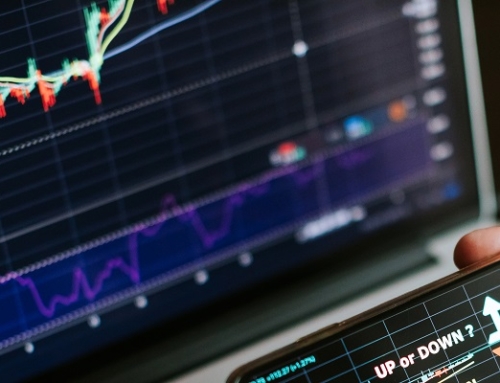Strategic Enterprise Asset Management (EAM) aims to maximise the value and performance of assets at every stage of the life cycle, from incorporation to decommissioning.
Historically, EAM systems emerged as the natural evolution of maintenance management software systems (CMMS). CMMS systems focus on maintenance and the processes that take place in this area, and this model has been inherited by EAMs.
However, the digital transformation in which most companies are immersed is moving organisations from a process-defined world to a data-driven world. In this scenario, it is essential that MEAs evolve and focus on the asset (data) to redefine processes to achieve efficiency and maximum performance.
Model AIE+TI
To adapt to this new environment and be able to effectively help the digital transformation of asset management, within the company’s digital transformation strategy, it is necessary to convert the traditional maintenance processes into data that we can exploit and analyse, and from which we can make decisions that affect the profitability of the assets and the company.
This new model, which we call AIE+TI, is structured in four layers:
- Active.
- Business Intelligence.
- Exploitation and technical operation.
- Technology + Engineering.
Through this model we structure the data, tools and processes that occur in the field of asset management, in a way that is more appropriate to the current needs of companies and that facilitates such important aspects as digitalisation, interoperability, automation or analysis and business intelligence.
Level 1: The asset
Within this data-driven model, assets are the basis on which the rest of the system operates. Each asset is modelled and digitised incorporating all the useful and necessary information for subsequent operation and performance analysis.
To this end, exhaustive inventory processes are applied based on a parameterisation that is appropriate to the type of asset and the characteristics of the business. At this level we work in a BIM environment, using native BIM models or emulating them to obtain the highest possible degree of asset characterisation and interoperability.
Level 2: Intelligence
Level 1 allows us to have a detailed inventory of assets and a repository of structured and updated information in real time. However, to obtain the maximum performance and utility for the company, it is necessary to provide additional information to the assets derived from the analysis and knowledge of the business itself.
The intelligence layer allows us to establish rules, relationships or indicators that allow us to improve the automation of processes and that will provide additional information that will be shared with other systems to be consolidated and exploited at the level of business intelligence systems or big business data.
This layer is deeply linked to the business strategy and to aspects of personalisation and competitiveness of each company.
Level 3: Operation and exploitation
Level 3 of the model focuses on the management of asset-related operational processes and is more closely linked to the CMMS functionalities that must be supported by MES systems.
This layer includes tools and solutions that start from the information of the asset and the intelligence applied to it to manage its operation and maintenance, such as
- Asset maintenance.
- Document management.
- Consumption and efficiency.
- Security
- Environment.
- Legalizations.
- Campaigns.
Level 4: Technology and Engineering
In order to design and support the processes and the treatment of the information derived from the rest of the model, it is essential to have two additional elements that go together and are present in each of the three previous layers.
Firstly, all these characteristics of data capture, operation and exploitation would not be possible without using the right technology at all times and for all needs: from the use of advanced databases and the implementation of mechanisms that allow interoperability with other systems, to the application of technologies associated with the Internet of Things (IoT), artificial intelligence, mobility, cloud computing or big data, among others.
Finally, our model also incorporates at all levels, and strongly interwoven with the technological area, the knowledge and experience of teams of engineers that allow each level to be defined to obtain maximum efficiency and performance in each data and process. These teams must also incorporate expert profiles in the analysis of information and in the implementation of continuous improvement processes to achieve maximum efficiency in the management of assets.
Retain: Asset Management AIE+TI
This AIE+TI model has been developed by Retain Technologies based on the experience of hundreds of projects of implementation and improvement of the assets management systems of big companies from different sectors, such as energy, retail or catering.
If you want to know more details about our methodology and Retain software for strategic asset management, please contact us without obligation and an expert will answer your questions and show you what Retain can do for your company.






